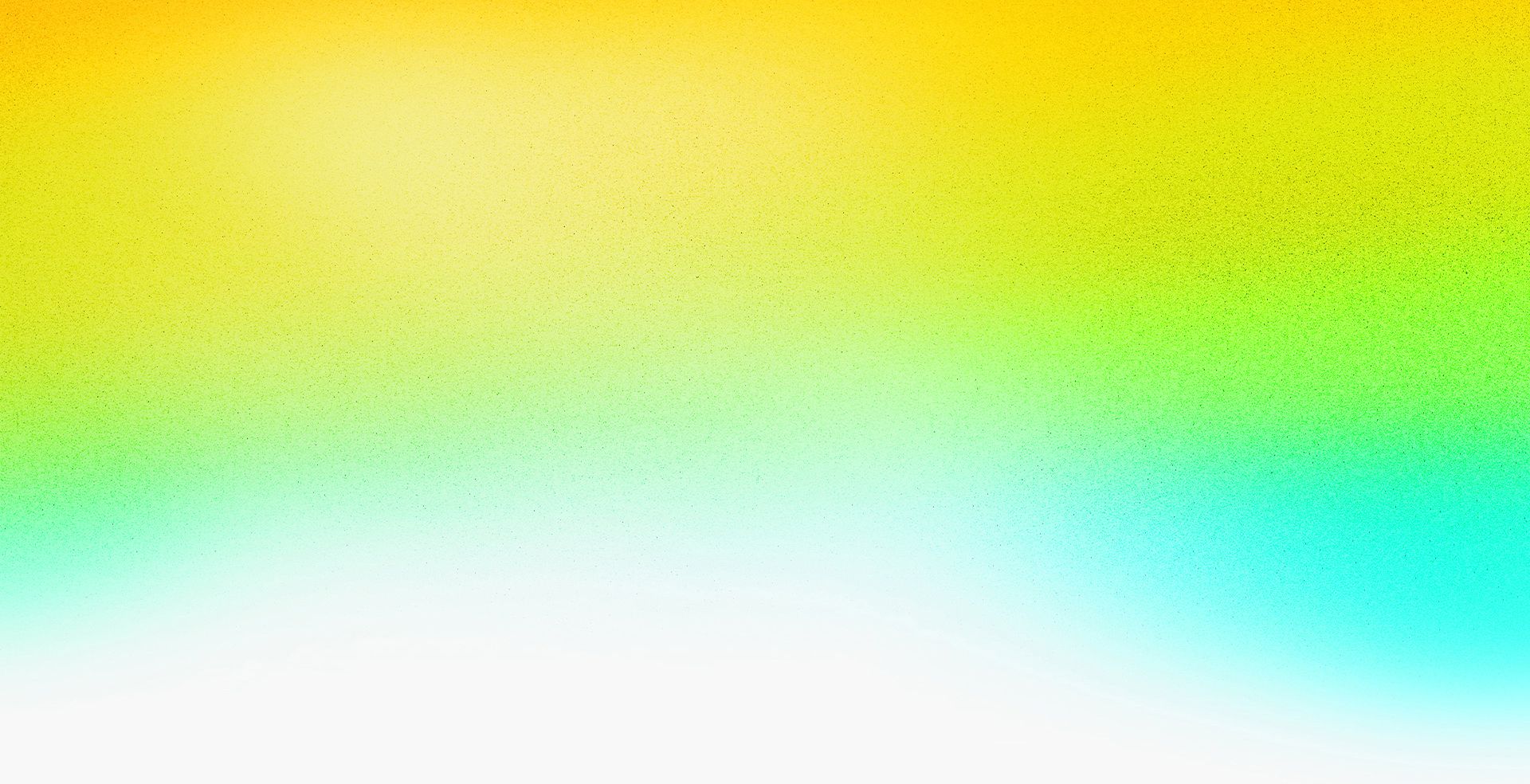Closed captions in English will be added in early November.
Shooting for Generative AI: From Pre- to Post-Production


Speakers
-

DGA Director, Advent Films
Featured Products
-
Adobe Firefly
Get started -
Photoshop
Free trial -
Premiere Pro
Free trial
Session Resources
No resources available for this session
About the Session
Generative AI offers endless possibilities to reimagine your existing work, but shooting for generative AI opens a whole new world of creative storytelling. In this session, DGA Director and commercial photographer AJ Bleyer explores the power of generative AI as a narrative tool and shares techniques on how to begin incorporating it into your creative approach from the very start.
In this session, AJ will teach you:
- How to make the most of generative AI when drafting your creative
- Techniques and best practices when shooting for generative AI
- Pro tips on how to get the best results when working with generative AI in Photoshop and Adobe Premiere Pro
Technical Level: Beginner, Intermediate
Category: Generative AI
Track: Video, Audio, and Motion
Audience: Art/Creative Director, Educator, Government, Graphic Designer, Photographer, Post-Production Professional
This content is copyrighted by Adobe Inc. Any recording and posting of this content is strictly prohibited.
By accessing resources linked on this page ("Session Resources"), you agree that 1. Resources are Sample Files per our Terms of Use and 2. you will use Session Resources solely as directed by the applicable speaker.
Not sure which apps are best for you?
Take a minute. We’ll help you figure it out.